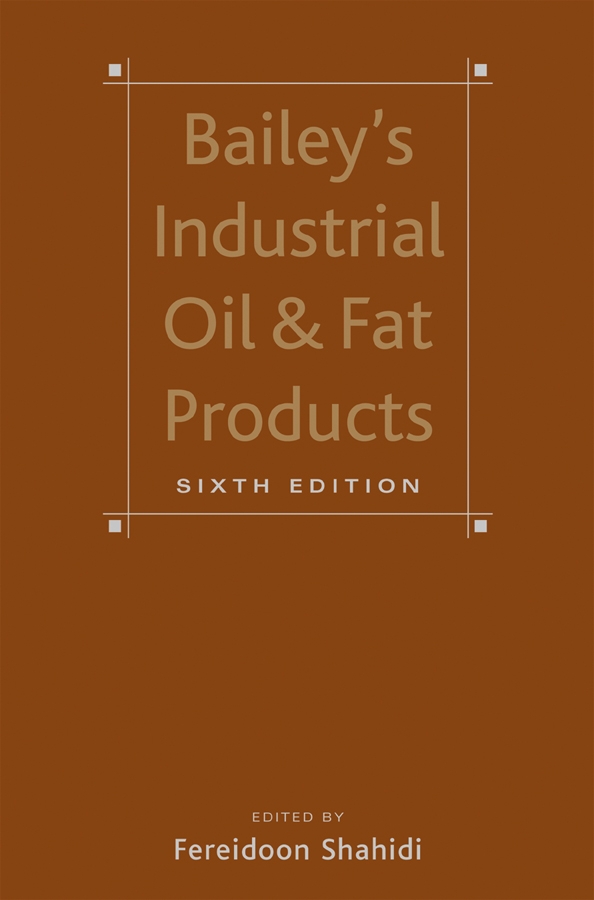Soaps
Abstract
Soap is a general term that refers to materials that serve to remove undesirable soils from clothing, body/skin, and other articles. Archeological discoveries described the making and the use of a soap-like substance as far back as ca. 5000 years ago. Throughout the ages, the soap-like substance having a cleaning function has evolved into many physical forms, starting with the most familiar bar soaps to the more recent liquid soaps and the washing gels. Along with the evolution of the physical form of soap, the scientific basis of its washing ability had also been studied which lead to the invention of new chemicals to suit various applications and formulations. In this article, a brief history of the discovery of soap is presented, together with the theoretical basis of its cleaning activity. A few commonly employed production processes for making the soap products is also discussed. The key materials used in the manufacturing process of soap are highlighted. Finally, the commercial and economic aspects of the present days soap manufacturing were analyzed. It is the goal of this contribution to provide a broad view of the arts, science, and economics of soapmaking.



